First flight 1983 | Manufacturer Avid Aircraft | |
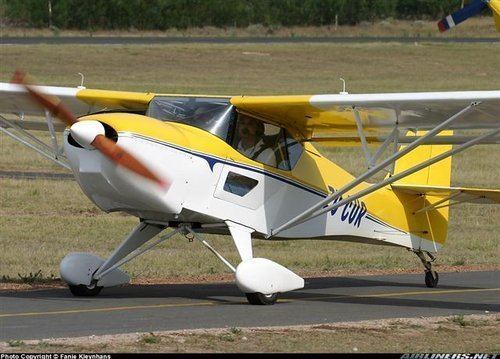 | ||
Avid flyer low and slow
The Avid Flyer is a family of American single engine, high-wing, strut-braced, conventional landing gear-equipped, two seat ultralight aircraft designed for kit construction in the 1980s. Its several variants sold in large numbers. In 1987 a Flyer became the first ultralight to land at the North Pole.
Contents
- Avid flyer low and slow
- Avid flyer landing on airstrip novi lazi
- Design and development
- Operational history
- Variants
- Specifications Mk IV STOL
- References
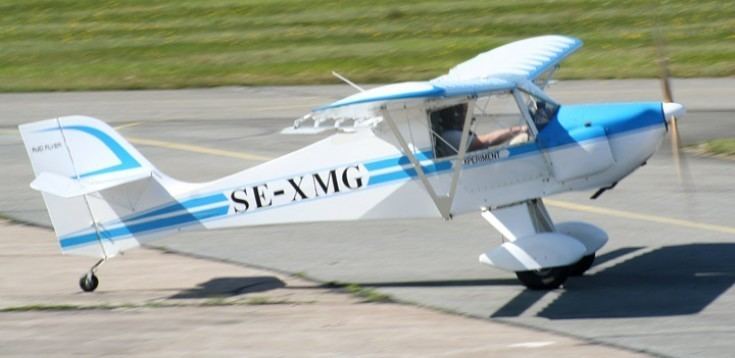
Avid flyer landing on airstrip novi lazi
Design and development
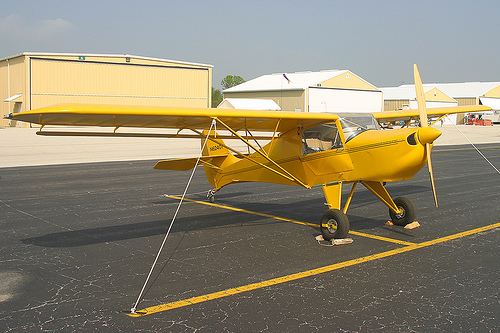
The kitbuilt two seat lightplane was designed by Dean Wilson in 1983, the first prototype flying in 1983 and appearing at Oshkosh that year. Kits were produced by Light Aero with several names (Bandit, Lite, Magnum and Mk.IV) with many options including two wing designs, the choice of tricycle, tailwheel, ski or float undercarriages, rescue parachutes and a variety of engines. Lite Aero production continued until the company went bankrupt in 1998. Avid Aircraft reappeared in 2003, but by 2010 the kits, including new variants, and components were produced by Airdale Flyer.
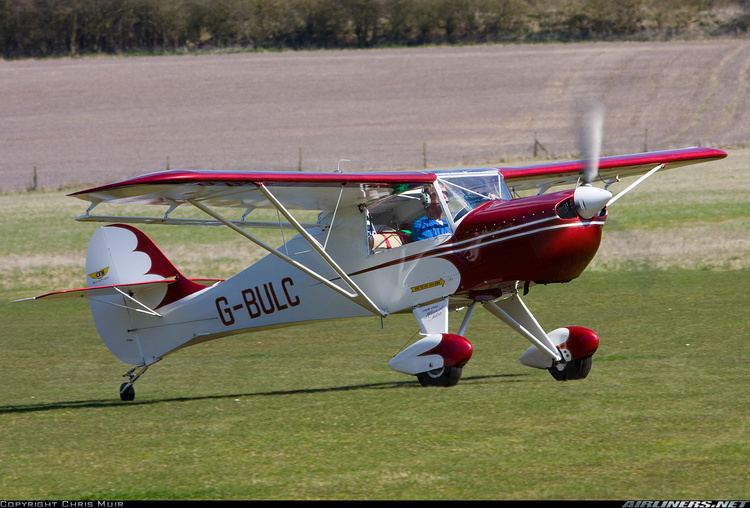
The Avid Flyer is a conventional layout, single engine, side by side two seat light aircraft, with a strut-braced high wing configuration. Aluminum tubes serve as leading edge/main spar and rear spar, each wing being supported by a pair of tubular lift struts. Sawn plywood wing ribs are bonded to the aluminum tube spars using a filled epoxy compound. The Avid Flyer features Junkers style one-piece flaperons supported by three offset hinge arms. The Junkers design moves the control surfaces well underneath the wing, where they remain in undisturbed smooth airflow at low speed and/or higher climb angles.

The welded steel tube fuselage is flat sided, narrowing towards a braced cruciform tail group. The horizontal tailplane is carried on the fin just above the upper fuselage line. The aircraft's conventional rudder and elevator controls are cable operated.
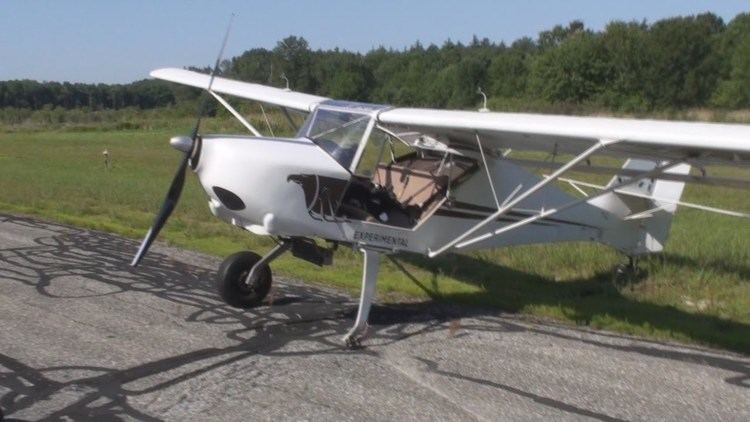
Wilson's original intent developing the Avid Flyer was to offer an economical home-built aircraft to bridge the gap between conventional aircraft of the "Piper Cub" / "Taylorcraft" / "Aeronca" category and the minimalist ultralight aircraft such as the "Quicksilver" that had not yet matured into acceptable levels of reliability and safety in the early 1980s. The ability to fly from short, unimproved, and back-country strips was also one of Wilson's design priorities. Due to its light weight, good power-to-weight ratio, and design features such as the Junkers flaperons, the Avid Flyer excels in this type of environment and STOL operations. Recent developments in small aircraft engine design and reliability have brought the Avid Flyer well into the realm of being seen as a highly capable and economically viable choice for light sport use.
Operational history
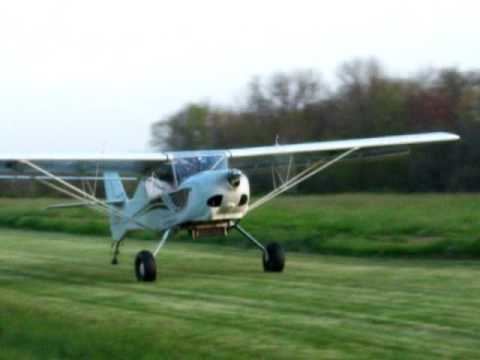
By about 2008, some 2,000 Flyer kits had been built over five continents. 346 Flyers and Magnums appear on the European (excluding Russian) civil registers. Perhaps the most remarkable flight was that made by Hubert de Chevigny in an Avid Lite 532 equipped with an additional 300 L (66 Imp gal, 79 US gal) fuel tank. Accompanied by Nicholas Hulot in an Aviasud Mistral, he left from Resolute, Canada on 2 April 1987, reaching the North Pole on 7 May in three stages. They were the first ultralights to do so.
Variants
Specifications (Mk IV STOL)
Data from Simpson 2001
General characteristics
Performance
